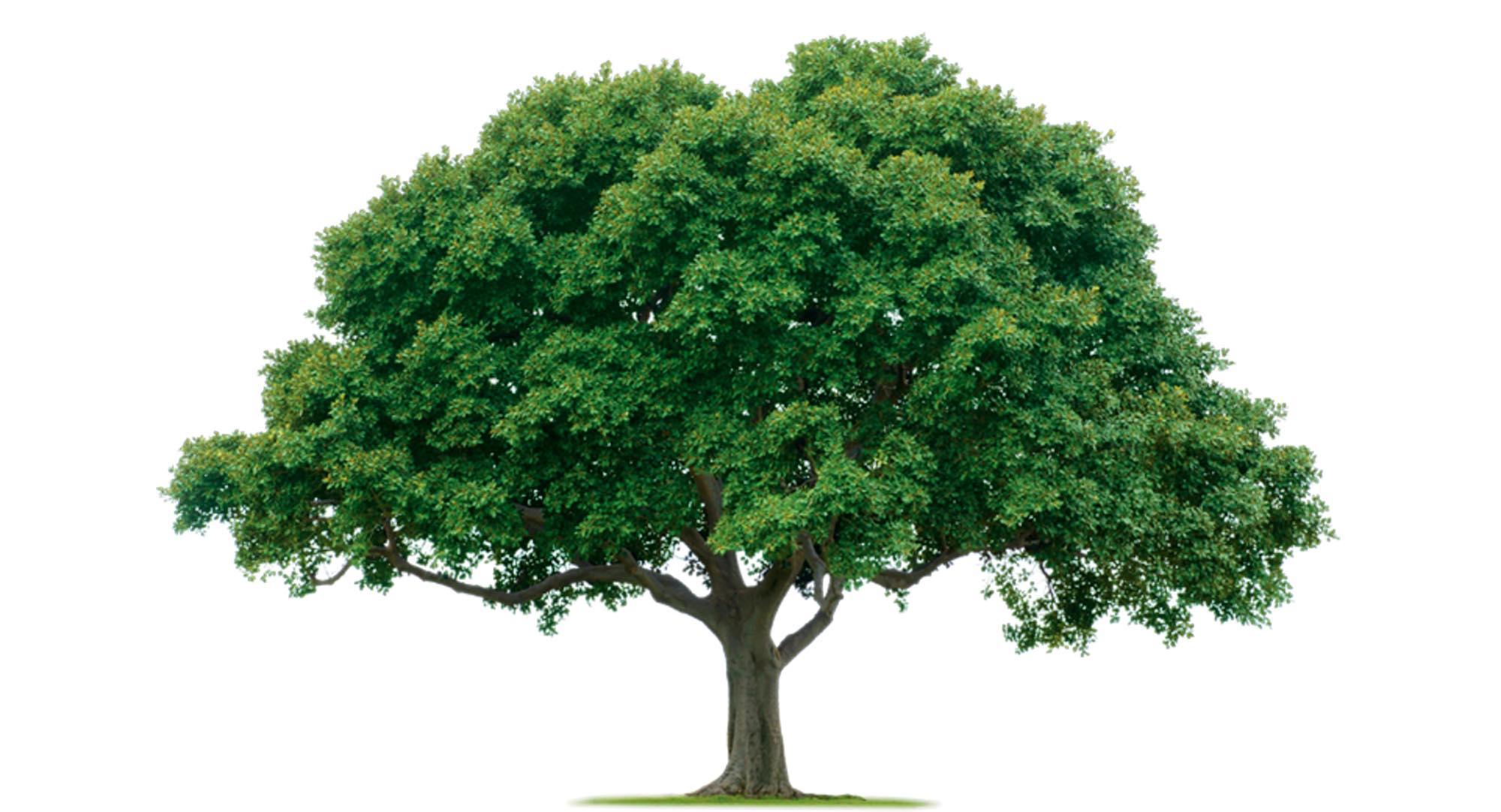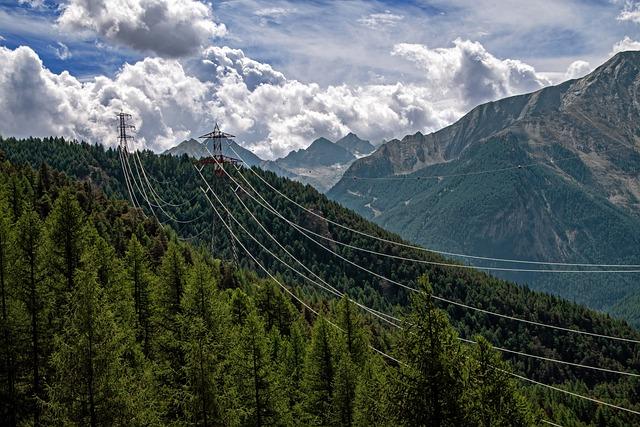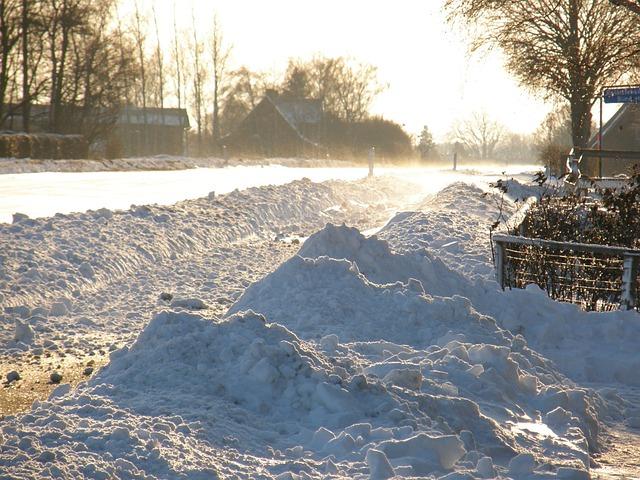Light pollution is a growing concern for both astronomers and ecologists alike. As urban areas continue to expand, the artificial light generated at night is not only affecting our ability to see the stars, but also impacting the natural behaviors of plants and animals. In this article, we will delve into the specific effects of light pollution on trees, examining how it disrupts their growth patterns and ecosystem functions. Understanding the relationship between trees and light pollution is crucial for promoting sustainable practices and preserving our planet’s biodiversity.
Effects of Artificial Light on Tree Growth and Health
Artificial light can have detrimental effects on the growth and health of trees. Excessive exposure to light pollution can disrupt the natural circadian rhythms of trees, affecting their ability to photosynthesize and regulate growth cycles. This can lead to stunted growth, decreased reproductive success, and increased susceptibility to diseases and pests. Trees that are constantly exposed to artificial light also tend to have fewer leaves and lower overall biomass, impacting their overall health and vitality.
The Role of Trees in Mitigating Light Pollution
Trees play a crucial role in mitigating the effects of light pollution on the environment. By providing shade and blocking direct light sources, trees can help reduce the amount of artificial light that reaches the ground and surrounding ecosystems. Additionally, trees can act as natural barriers to light pollution, creating dark spots that allow nocturnal animals to thrive and reducing skyglow in urban areas. By planting more trees and preserving existing green spaces, we can help protect our natural environment from the harmful effects of light pollution.
Recommendations for Minimizing Light Pollution Effects on Trees
- Use shielded outdoor lighting fixtures: By using shielded fixtures that direct light downwards and minimize light spill, we can reduce the amount of light pollution that affects trees and other vegetation.
- Implement light pollution ordinances: Local governments can implement ordinances that regulate outdoor lighting to minimize light pollution and protect trees and other natural habitats.
- Plant native tree species: Choosing native tree species for landscaping can help support local ecosystems and ensure that trees are better adapted to the effects of light pollution.
Q&A
Q: What is light pollution and how does it affect trees?
A: Light pollution is the excessive or misdirected artificial light that disrupts the natural cycles of night and day. It can negatively impact trees by disrupting their health and growth patterns, causing stress and affecting their ability to photosynthesize properly.
Q: How does light pollution specifically affect tree species?
A: Light pollution can disrupt the natural processes of trees by interfering with their hormonal balance, causing them to bud, leaf, or shed their leaves at the wrong times. This can lead to decreased growth, weakened immune systems, and increased vulnerability to pests and disease.
Q: What are some ways to combat light pollution and protect trees?
A: Planting trees strategically to act as buffers between artificial light sources and wooded areas can help shield trees from the effects of light pollution. Using shielded or directed lighting that minimizes light spill can also reduce the impact on nearby trees. Additionally, advocating for and implementing dark sky policies can help reduce overall light pollution in the environment.
Conclusion
In conclusion, the impact of light pollution on trees is a growing concern that requires attention and action. It is crucial to recognize the importance of maintaining natural darkness for the health and well-being of trees and the ecosystems they support. By implementing responsible lighting practices and raising awareness about the detrimental effects of excessive artificial light, we can help mitigate the negative impacts on our precious trees. Let us work together to ensure a brighter future for both trees and the environment as a whole. Thank you for reading.
Simpsons Tree Services, Servicing Melbourne’s North Eastern Suburbs
Book a quote online at www.simpsonstrees.com.au




